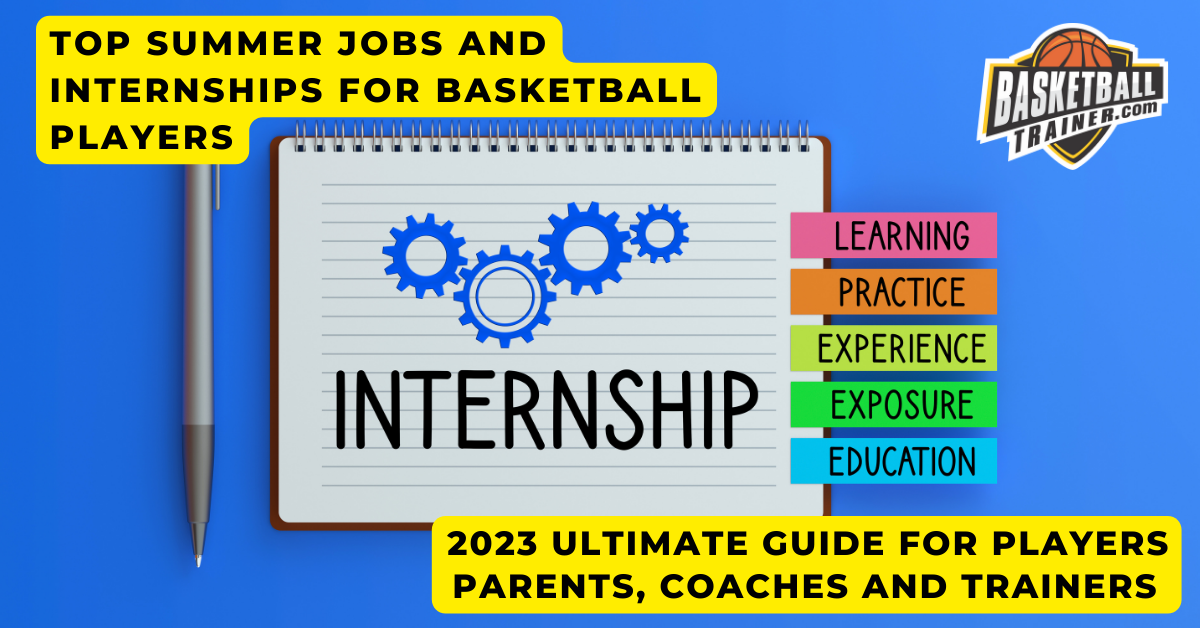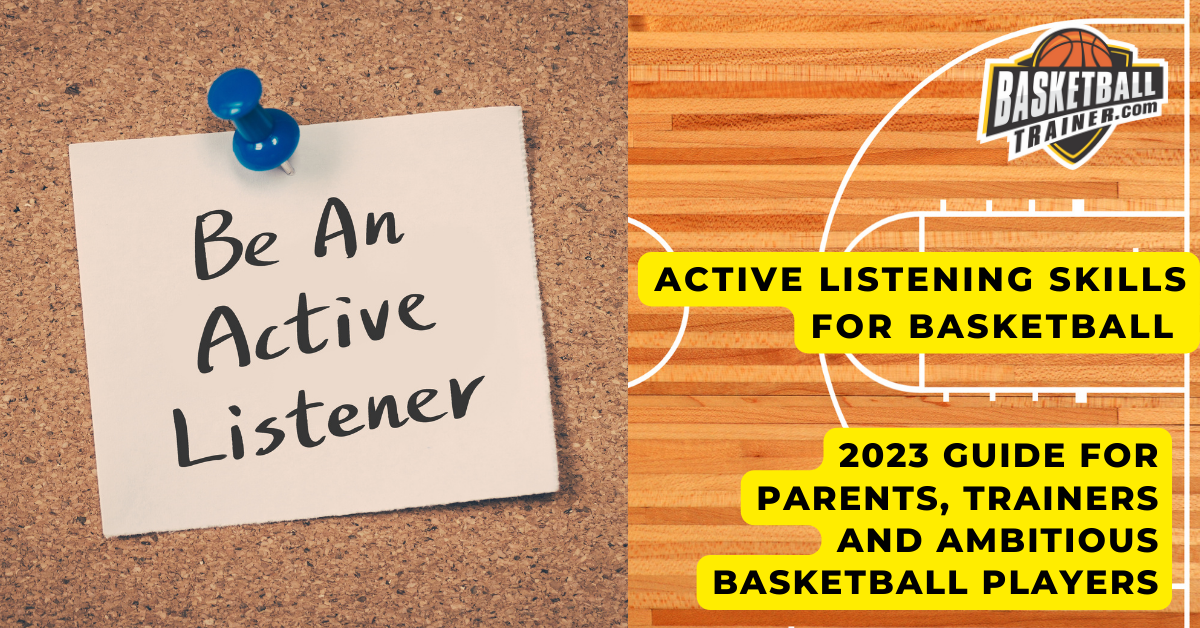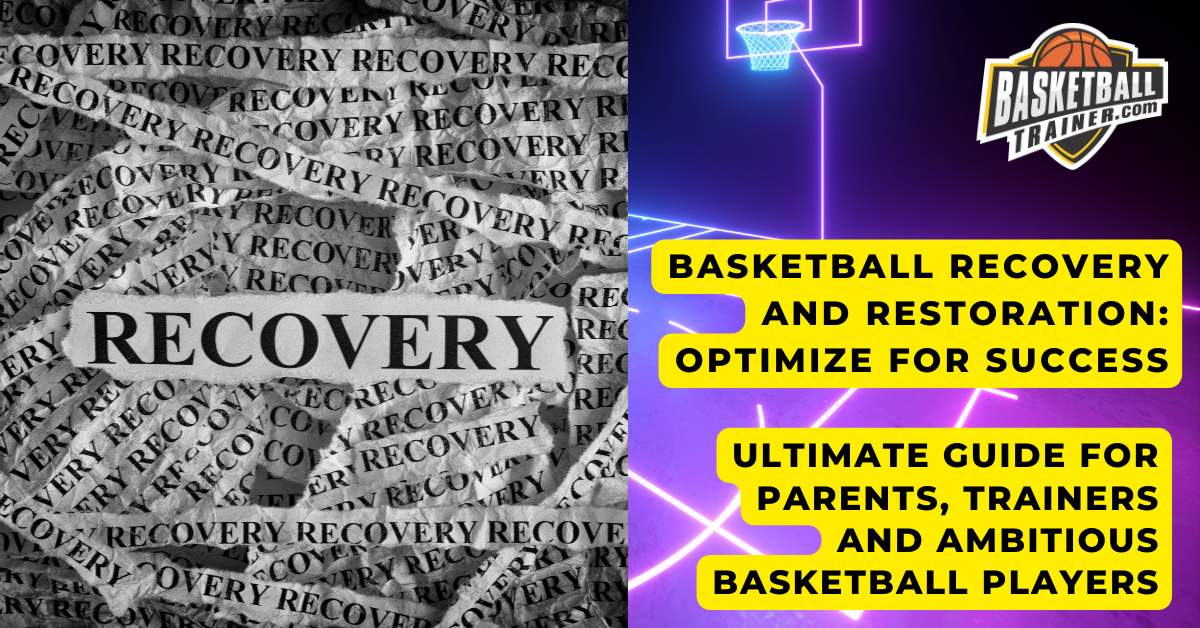
We vs. Me… the debate over the respective merits of individual and collective effort in basketball has been ongoing among those involved with the sport for many years. This intricate balance between individual talent and teamwork can significantly impact the success of a team on the court.
In this blog post, we will delve into the benefits of adopting a team mindset in basketball, as well as explore the advantages an individual mindset can bring to your game. Furthermore, we’ll discuss strategies for developing a strong sense of unity within your team and techniques for cultivating personal skills essential to excel in this sport.
By understanding how to effectively balance the power of We vs. Me in basketball, you will be better equipped to contribute positively to your team’s performance while also maximizing your own potential as an athlete.
Table of Contents:
- Benefits of a Team Mindset in Basketball
- Improved Communication and Trust
- Better Skill Development
- Increased Motivation and Accountability
- Greater Enjoyment of the Game
- Advantages of an Individual Mindset in Basketball
- Strategies for Developing a Team Mindset
- Strategies for Developing a Team Mindset
- Techniques for Cultivating an Individual Mindset
- Balancing the Power of We vs Me in Basketball
- FAQs in Relation to Power of We Vs. Me in Basketball
- Conclusion
Benefits of a Team Mindset in Basketball
Developing a team mindset in basketball can lead to success by improving skills, fostering collaboration, and creating unity.
Improved Communication and Trust
Interaction between teammates facilitates faith, resulting in more efficient conclusions and fewer misconceptions.
Better Skill Development
Teamwork encourages individual skill development while supporting teammates’ strengths and weaknesses.
Increased Motivation and Accountability
- Motivation: A shared commitment to collective achievement drives motivation throughout practices and games.
- Accountability: Players hold themselves accountable for supporting others’ efforts, creating a positive feedback loop for growth and improvement.
Greater Enjoyment of the Game
Embracing a team mindset leads to greater enjoyment of basketball by fostering camaraderie and satisfaction in personal and team accomplishments.
Advantages of an Individual Mindset in Basketball
An individual mindset in basketball can help players focus on personal development and performance, leading to reaching their full potential.
- Personal skill development allows players to identify areas for growth and work towards mastering those skills.
- In one of our personalized training sessions here at Austin Youth Basketball, a player can get up 1000 shots in an hour on a Dr. Dish machine, with professional shooting coach feedback. At a team practice, this is impossible.
- Focusing on personal improvement leads to increased confidence in game performance.
- Maintaining an individual mindset enhances motivation by encouraging players to take ownership of their success or failure.
Dedicated practice time can be incorporated into training sessions through individual drills, one-on-one sessions with expert trainers, and utilizing helpful resources like instructional videos or mobile apps.
Strategies for Developing a Team Mindset
Coaches and players must collaborate to construct an atmosphere that motivates cooperation and faith.
- Encouraging open dialogue among teammates can help to foster a sense of trust and understanding of each individual’s capabilities. Managing conflict between players is critical.
- Emphasizing shared goals allows players to recognize their collective responsibility in achieving success.
- Cultivating trust through team-building activities like off-the-court outings and peer coaching during practice sessions.
By incorporating these strategies into your basketball training program, you will foster both individual growth and teamwork essential for overall success on the court.
3. Strategies for Developing a Team Mindset
Developing a team mindset requires collaboration and trust, which can be achieved through effective communication, common goals, teamwork in practice, and celebrating achievements.
A. Effective Communication
Encourage open dialogue among players and teach them how to communicate effectively on the court.
B. Setting Common Goals
Involve all team members in setting common goals to ensure everyone is working towards the same objectives.
C. Promoting Teamwork in Practice Sessions
- Team Drills: Incorporate drills that require cooperation between teammates into your practice routine.
- Mixed Scrimmages: Mix up player combinations during scrimmages to improve adaptability.
- Rewarding Unselfish Play: Praise players who prioritize teamwork over personal glory.
D. Celebrating Collective Achievements
Recognize and celebrate the team’s accomplishments to foster a sense of unity among players.
By balancing the power of “we” vs “me” in basketball, coaches and players can work together to achieve success.
Techniques for Cultivating an Individual Mindset
Want to excel in basketball? Cultivate an individual mindset by setting personal goals, focusing on skill development, and taking ownership of your performance.
Set Specific, Measurable Goals
Strive to better yourself by establishing objectives that concentrate on areas you’d like to advance in or excel at, such as boosting your free throw percentage or mastering the art of consistent three-point shooting.
Dedicate Time to Skill Development
Develop your skills through regular practice sessions and credible basketball training programs or apps designed for skill enhancement.
Take Ownership of Your Performance
- Evaluate Progress: Regularly assess your strengths and weaknesses and track improvements over time. Download our self evaluation sheet for basketball here.
- Embrace Feedback: Be open-minded when receiving constructive criticism from coaches or teammates.
- Adopt a Growth Mindset: Believe in your ability to improve and learn from mistakes. Get our free growth mindset guide here.
By incorporating these techniques, you can cultivate an individual mindset that fosters personal growth and success on the court while contributing to the team’s overall objectives.
5. Balancing the Power of We vs Me in Basketball
Creating a winning basketball culture requires balancing the power of we vs me, acknowledging individual contributions, promoting team goals, creating opportunities for growth, and encouraging open communication.
Acknowledge Individual Contributions
Recognize personal achievements to boost player confidence and reinforce their value within the team dynamic.
Promote Team Goals Over Personal Goals
Emphasize teamwork, communication, and selflessness to ensure everyone remains focused on working together towards collective success.
Create Opportunities for Individual Growth Within The Team Structure
- Skill Development: Allocate time during practice sessions specifically dedicated to honing each player’s unique abilities.
- Mentorship: Pair experienced teammates with younger athletes to promote camaraderie and accelerate skill acquisition.
- In-Game Situations: Rotate roles within games or scrimmages to develop a well-rounded understanding of the game.
Encourage Open Communication
Create an environment where players feel comfortable discussing their personal goals, challenges, or concerns without fear of judgment.
Incorporating these strategies into your basketball program will help strike the perfect balance between we vs me, ultimately leading to greater overall success both on and off the court.
FAQs in Relation to Power of We Vs. Me in Basketball
Leaders: Do they say “I” or “we”?
Effective leaders strike a balance between using “we” to emphasize teamwork and “I” to take personal accountability for decisions or actions.
Benefits of Playing Basketball: Social and Mental
Playing basketball offers a plethora of benefits, including improved communication skills, increased self-confidence, stress relief, enhanced problem-solving abilities, stronger relationships with teammates, and opportunities for leadership development.
Physical, Mental, and Social Benefits of Basketball
Basketball provides various benefits such as improved cardiovascular health, increased muscular strength, better coordination and balance, reduced risk of injury, enhanced cognitive function, stress relief, and team-building experiences.
- Cardiovascular health
- Muscular strength
- Coordination and balance
- Reduced risk of injury
- Enhanced cognitive function
- Stress relief
- Team-building experiences
How Basketball Can Improve Your Mental Health
Basketball promotes physical activity which releases endorphins, natural mood elevators, and provides opportunities for social interaction, stress relief, and cognitive stimulation through strategizing and decision-making during gameplay.
Conclusion
Discover the Power of We vs. Me in Basketball and how it can benefit ambitious players, coaches, and training business owners.
Learn how to develop a team mindset and cultivate an individual mindset with our expert strategies and techniques.
Balance both mindsets to achieve success on the court and become a more effective player or coach.



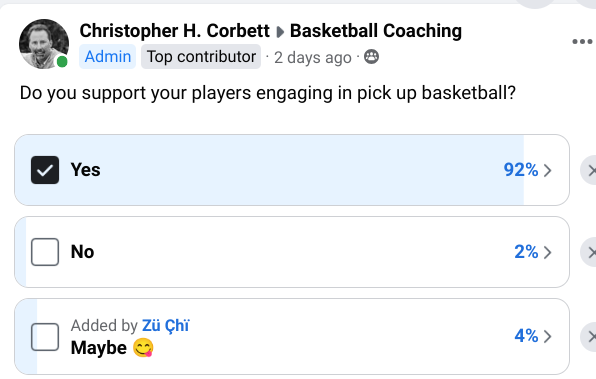


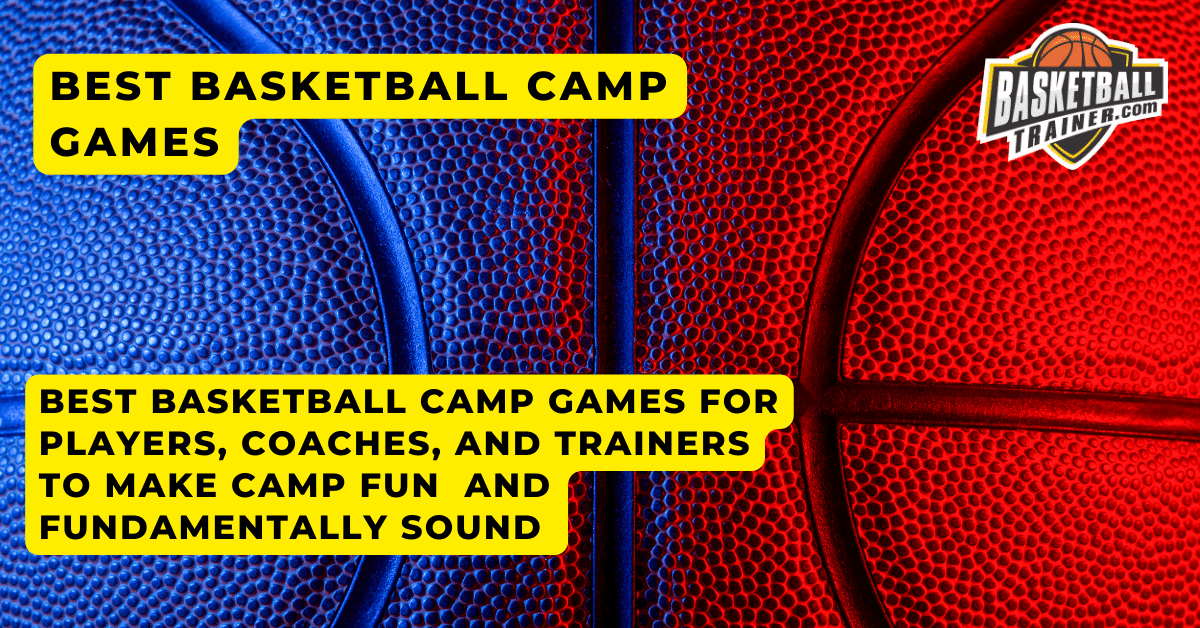



 Mental toughness training: Teach them to stay focused, overcome adversity, and maintain a positive mindset.
Mental toughness training: Teach them to stay focused, overcome adversity, and maintain a positive mindset. Foster a positive mindset: Teach them to focus on their own growth and improvement, regardless of the coaching situation.
Foster a positive mindset: Teach them to focus on their own growth and improvement, regardless of the coaching situation.